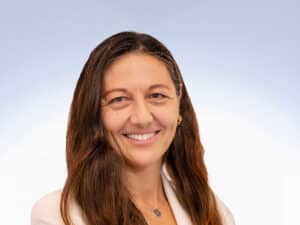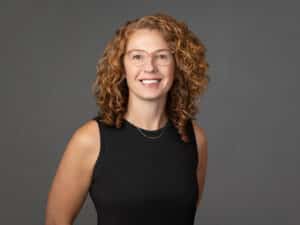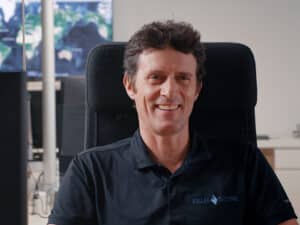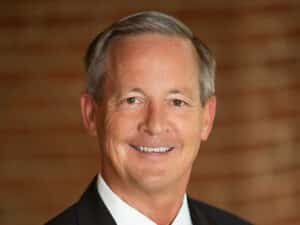
Op-Ed: Steel, data and a spirit of collaboration will build a better future
Written by Heather Ervin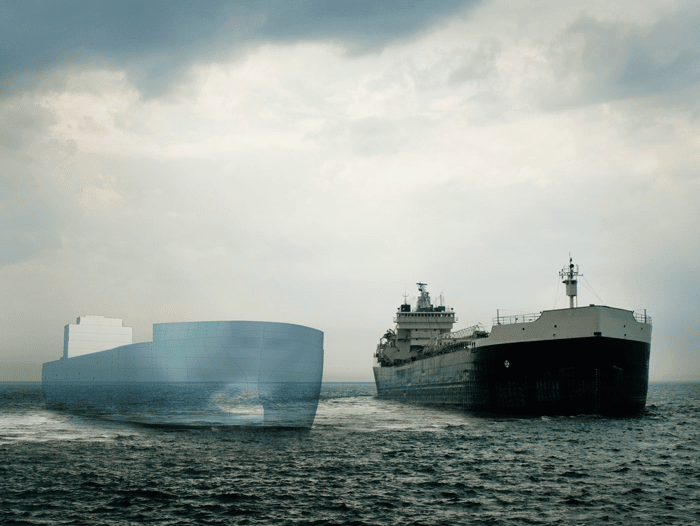
Ghost bulker. (Credit: NAPA)
Data is creating a new bridge between ship design and operation, one that will help build safer, more sustainable ships in the future, says NAPA CEO Mikko Kuosa.
The sustainable ships of the future will be made of data just as much as steel, and they will be the result of a collaboration that ranges from shipyards to class societies, to shipowners, operators, charterers, cargo owners and more.
NAPA’s digital 3D models are already in use by designers and shipyards worldwide, and increasingly, they are helping shipowners, operators and managers to reduce risk and optimize operations at sea. Now, the circle is being closed as real-life operational data is being fed back to shipyards to help them understand how their designs behave at sea. Real-life voyage data links theory and practice, providing shipyards with the unparalleled ability to analyze their vessels once they have been deployed at sea, and from there to refine the designs of future ships.

At the heart of this digital transformation is the recognition that no two ships are exactly the same, and even twin vessels can perform differently depending on their operational profile. As this diversity increases with the arrival of alternative fuels and clean technologies, understanding the specifics of each ship will be even more important. By using the same 3D models and information throughout the design and operation of a vessel, we can make the most of each asset and accelerate the sustainability journey of the industry as a whole.
For example, the use of digital twin data can take voyage optimization to higher levels. NAPA’s Stability ensures the safe and optimal planning of stowage, cargo and ballast to optimize the ship’s trim, thereby reducing fuel consumption. NAPA Voyage Optimization combines ship-specific digital models, operational data generated by systems on board, and real-time information on weather and sea routes, to model ship performance. Together these enable captains to choose the best and safest routes to minimize fuel consumption and emissions—reducing both by around 5-15%.
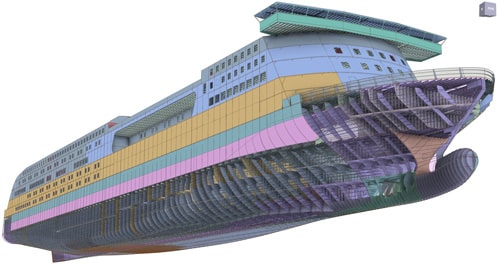
Combining data from AIS weather services and loading condition history, NAPA can assess the severity of the sea conditions experienced by a specific vessel, the level of hull fatigue, and estimate the likelihood of cracks and other problems appearing. In cases when the ship has not experienced very harsh conditions, this can give the green light to expand the hull lifetime.
This same approach to 3D modelling can also facilitate safety inspections. Ships are made of over 200,000 pieces of steel, and it would be too time consuming to inspect all of these manually during a typical inspection. Digital twins can highlight specific areas of interest—predicting where hull fatigue is most likely to occur, enabling inspectors to identify and prioritize the highest-risk areas.
Efficiency, stability and safety data will be intrinsically linked going forward. Highly connected ships enable a more proactive approach to safety, where risks to stability—from routes and weather conditions to the number of doors left open—are constantly monitored. Using the same 3D models as we do at the design stage, our stability calculations take place in real time, so any issues can be flagged to the crew and addressed before they escalate. Moreover, in emergencies, response teams can access the same stability data as the crew via the digital twin to make vital calculations in real time.
It is vital that all stakeholders cooperate on information sharing to accelerate the development of designs and operational patterns that will meet society’s needs for a cleaner ocean and greater sustainability. Having access to 3D models will play a vital role, and that’s why I say that the ships of the future will be made of data, steel, and a collaborative spirit. They will have data at their core throughout their lifecycle to maximize efficiency, safety and sustainability.


